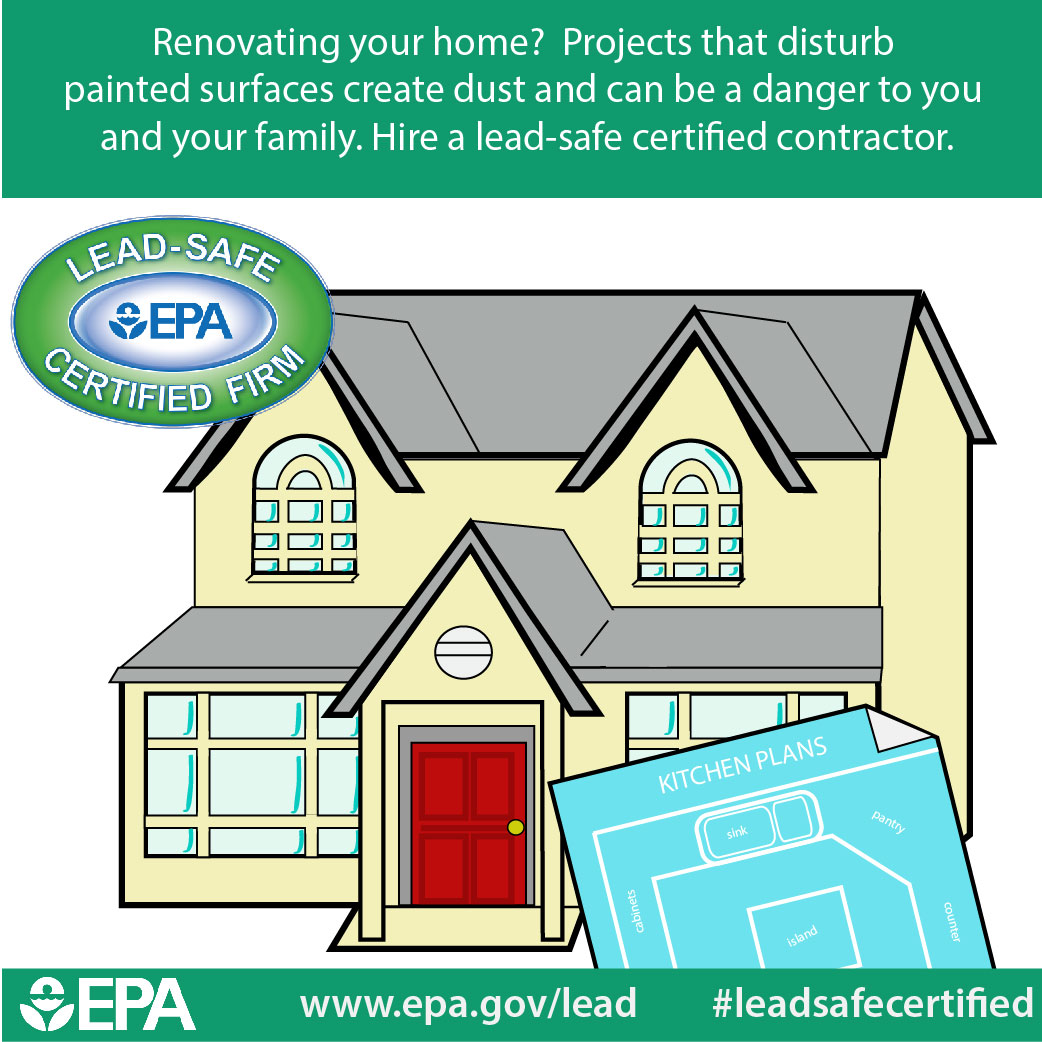Weather Condition'S Effect On Commercial Outside Painting: Vital Expertise For Success
Weather Condition'S Effect On Commercial Outside Painting: Vital Expertise For Success
Blog Article
Written By-Weiss Bendtsen
When you're preparing a commercial outside painting job, do not take too lightly the effect of weather on your outcomes. You require to consider aspects like temperature level, moisture, and precipitation, as they can make or damage your paint work. For example, did you understand that ideal problems require particular temperature ranges and humidity levels? Stopping working to monitor these elements can bring about uneven surfaces and even damages to fresh paint. Understanding house painting portland is crucial to attaining a lasting, professional outcome. So, what certain weather should you be wary of?
Temperature Considerations
When it comes to business exterior painting, temperature plays a vital function in the result of your project. If you're repainting in extreme warm, the paint can dry too rapidly, leading to issues like inadequate attachment and unequal coatings. You want to aim for temperature levels between 50 ° F and 85 ° F for the very best outcomes. Below 50 ° F, paint might not heal effectively, while over 85 ° F, you run the risk of blistering and fracturing.
Timing your job with the appropriate temperature levels is essential. Beginning your job early in the morning or later on in the mid-day when it's cooler, specifically throughout hot months.
Also, take into consideration the surface area temperature level; it can be dramatically higher than the air temperature, especially on warm days. Make use of a surface thermometer to check this prior to you begin.
If temperatures are unforeseeable, watch on the weather forecast. Unexpected temperature level drops or heat waves can hinder your plans. You don't want to start repainting only to have the conditions transform mid-project.
Humidity Degrees
Humidity levels considerably affect the success of your industrial outside paint task. When the moisture is too high, it can prevent paint drying out and treating, resulting in a series of problems like inadequate adhesion and finish quality.
If you're intending a job throughout wet problems, you might discover that the paint takes longer to dry, which can prolong your job timeline and increase costs.
Conversely, reduced moisture can also pose difficulties. Paint may dry out as well promptly, avoiding correct application and causing an uneven finish.
You'll want to monitor the humidity degrees very closely to guarantee you're working within the excellent range, usually between 40% and 70%.
To obtain the best results, take into consideration utilizing a hygrometer to gauge humidity prior to beginning your task.
If you locate the levels are outside the ideal range, you may require to adjust your schedule or pick paints created for variable conditions.
Always speak with the manufacturer's guidelines for specific referrals on moisture resistance.
Precipitation Impact
Rainfall or snow can significantly interrupt your business external painting strategies. When precipitation occurs, it can remove freshly applied paint or create an irregular surface. Ideally, you intend to choose days with dry climate to make certain the paint adheres correctly and cures effectively. If you're caught in a shower, it's best to stop the job and wait for conditions to enhance.
Furthermore, snow can be even more detrimental. Not only does it develop a damp surface, yet it can also decrease temperatures, making it difficult for paint to dry. This can bring about concerns like peeling off or blistering down the line.
It's essential to check the weather report prior to beginning your job. If commercial repainting or snow is predicted, take into consideration rescheduling.
Constantly keep in mind to enable appropriate drying out time between layers, especially if the weather condition continues to be unforeseeable.
Verdict
To conclude, watching on the weather condition is important for an effective industrial external painting project. By keeping track of temperature, humidity, and rainfall, you can make sure the best conditions for application and curing. Keep in mind to prepare your work around favorable climate and always adhere to maker guidelines. With the appropriate method, you'll attain a resilient, attractive surface that can stand up to the components. Don't let the weather capture you off-guard-- stay informed and paint smart!
